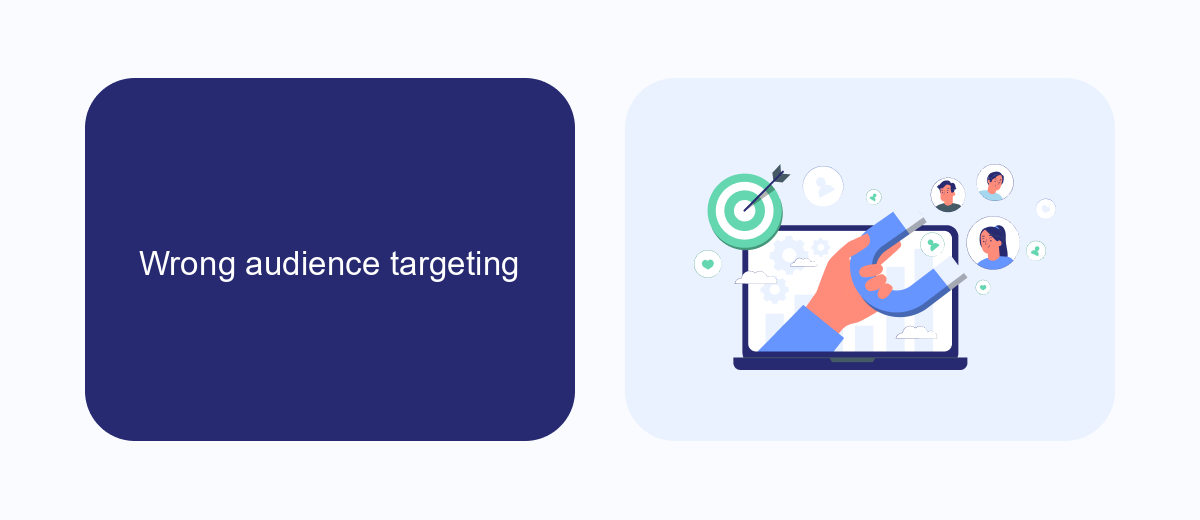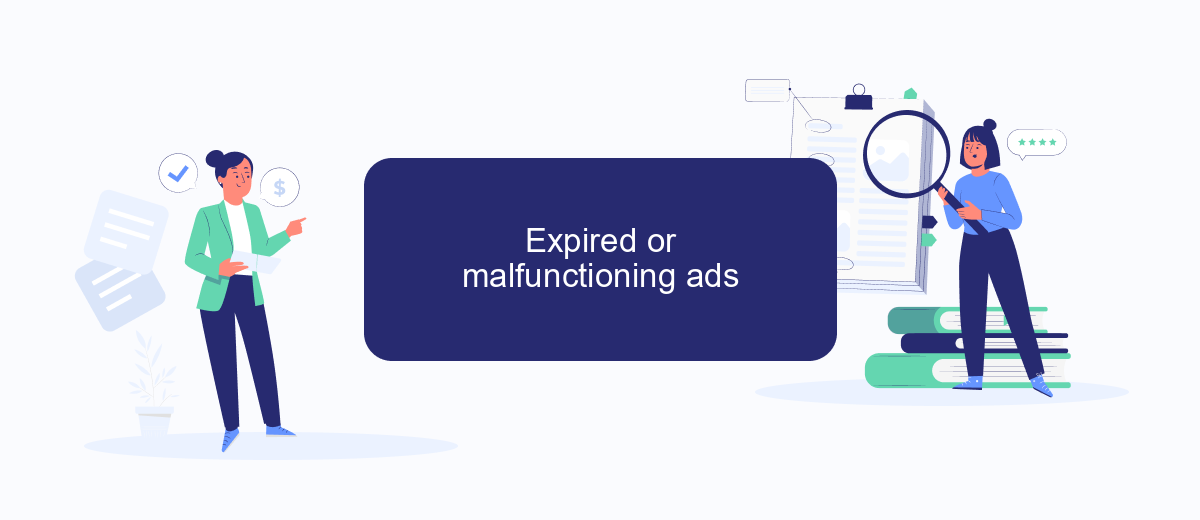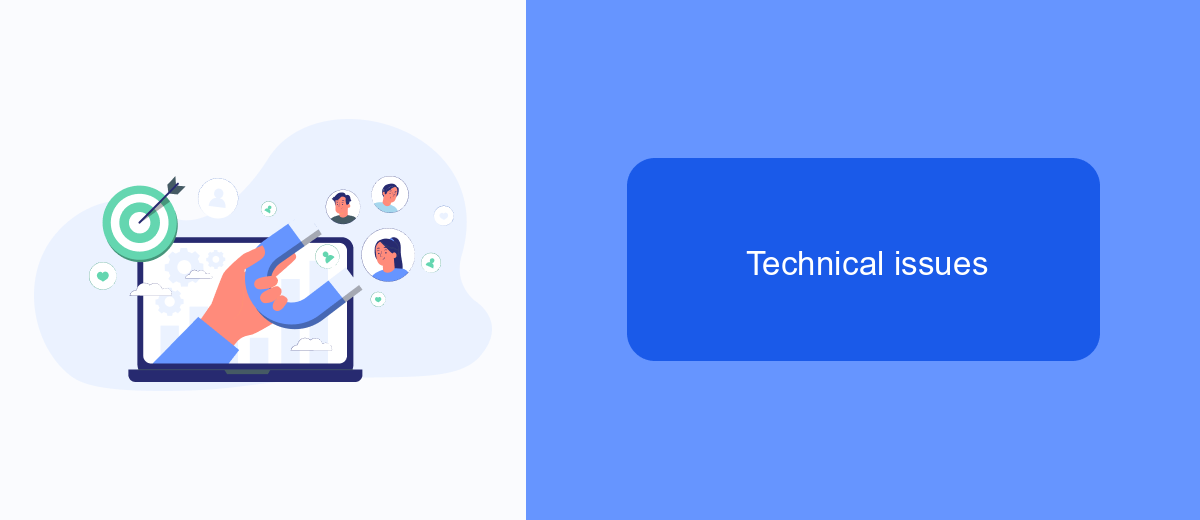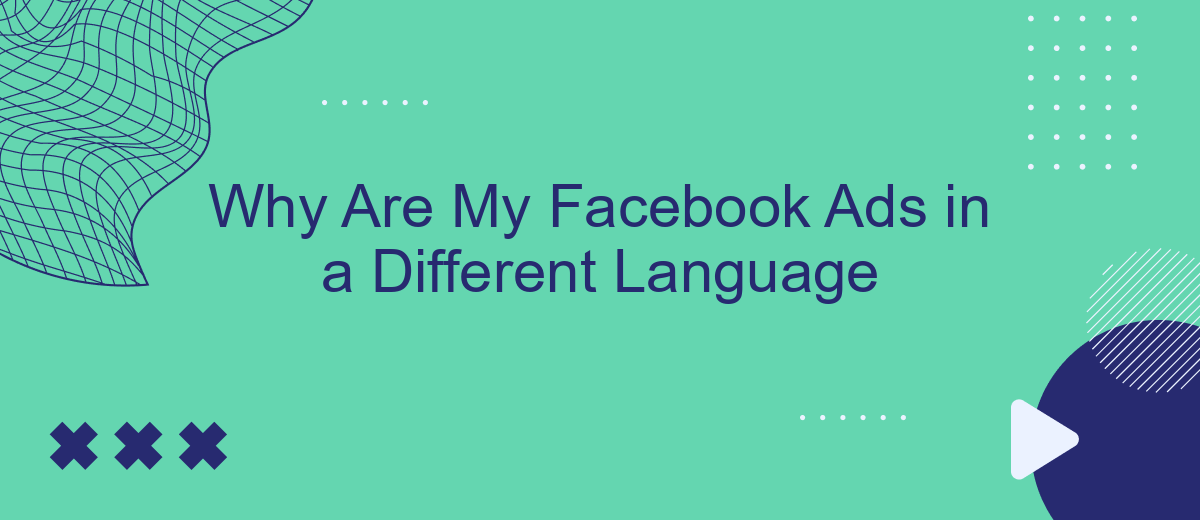If you've ever encountered your Facebook ads displaying in a different language, you're not alone. This issue can be perplexing and may impact the effectiveness of your advertising campaigns. In this article, we'll explore the possible reasons behind this phenomenon and provide practical solutions to ensure your ads reach the right audience in the desired language.
Incorrect language selection
One common issue advertisers face is the incorrect language selection for their Facebook ads. This can happen for various reasons, leading to ads being displayed in a language that does not match the target audience's preferences.
- Account Settings: Ensure that your Facebook account language settings are correctly configured. Sometimes, the default language might be set incorrectly.
- Ad Campaign Settings: Double-check the language settings within your ad campaign. Facebook allows you to specify the language for each ad set.
- Browser Settings: Your browser's language settings can also influence the language of your ads. Make sure your browser is set to the desired language.
Using tools like SaveMyLeads can help streamline the process of managing your ad settings. By integrating your Facebook Ads account with SaveMyLeads, you can automate and monitor your campaigns more effectively, ensuring that the correct language settings are always applied.
Wrong audience targeting

One common reason your Facebook ads might appear in a different language is due to incorrect audience targeting. If your ad settings are not properly configured, your ads could be shown to users in regions where a different language is predominant. It's crucial to ensure that your audience demographics are set to target the right geographic locations and language preferences. Double-check your audience settings in the Facebook Ads Manager to confirm that you are reaching the intended audience.
Additionally, using integration tools like SaveMyLeads can help streamline your ad campaigns by automating the process of audience segmentation. SaveMyLeads allows you to sync data from various sources, ensuring that your audience targeting is precise and up-to-date. By leveraging such tools, you can minimize the risk of your ads being displayed to the wrong audience, thereby improving the effectiveness of your campaigns and ensuring that your ads are shown in the correct language.
Expired or malfunctioning ads

Expired or malfunctioning ads can be a significant reason why your Facebook ads are appearing in a different language. When an ad expires or malfunctions, Facebook's algorithm might automatically replace it with another ad from your account, which could be in a different language.
- Check the expiration dates of your ads to ensure they are still active.
- Review the ad settings to confirm the language settings are correctly configured.
- Use integration services like SaveMyLeads to automate and monitor your ad settings, ensuring they remain consistent and functional.
By regularly monitoring your ads and using tools like SaveMyLeads, you can prevent expired or malfunctioning ads from disrupting your campaigns. This proactive approach helps maintain the integrity of your ad language settings, ensuring that your target audience receives the intended message.
Technical issues

One common reason your Facebook ads may appear in a different language is due to technical issues. These issues can arise from various settings and configurations within your Facebook Ads Manager or related integrations.
First, check your language and region settings in your Facebook Ads account. Incorrect settings can result in ads being displayed in an unintended language. Additionally, browser settings and cache can also impact the language display of your ads.
- Verify language and region settings in Facebook Ads Manager.
- Clear your browser cache and cookies.
- Check the language settings of your browser.
- Review any third-party integrations, such as SaveMyLeads, for language preferences.
In some cases, third-party services like SaveMyLeads can help streamline your ad management and ensure proper language settings. By automating and integrating your ad data, you can minimize the risk of technical issues and ensure your ads are displayed correctly to your target audience.


Page and ad content inconsistencies
One common issue that advertisers face is the inconsistency between the language of their Facebook page and the ads displayed. This can happen due to various reasons, such as incorrect language settings, geo-targeting mismatches, or even content misalignment. When users see ads in a different language than the one used on your page, it can lead to confusion and a lack of engagement. Ensuring that your page's language settings match the language of your ads is crucial for maintaining a coherent brand message and improving ad performance.
To address these inconsistencies, it's essential to regularly review your ad settings and make sure they align with your page's language preferences. Tools like SaveMyLeads can help streamline this process by automating the integration of your Facebook ad data with other platforms, ensuring that language settings are consistently applied. By leveraging such tools, you can minimize errors and provide a seamless experience for your audience, ultimately enhancing the effectiveness of your advertising campaigns.
FAQ
Why are my Facebook ads showing in a different language?
How can I change the language of my Facebook ads?
Can I target multiple languages in a single Facebook ad campaign?
Why do my Facebook ads appear in a different language even after setting the correct language?
How can I ensure my Facebook ads reach the right audience with the correct language settings?
Are you using Facebook Lead Ads? Then you will surely appreciate our service. The SaveMyLeads online connector is a simple and affordable tool that anyone can use to set up integrations for Facebook. Please note that you do not need to code or learn special technologies. Just register on our website and create the necessary integration through the web interface. Connect your advertising account with various services and applications. Integrations are configured in just 5-10 minutes, and in the long run they will save you an impressive amount of time.
